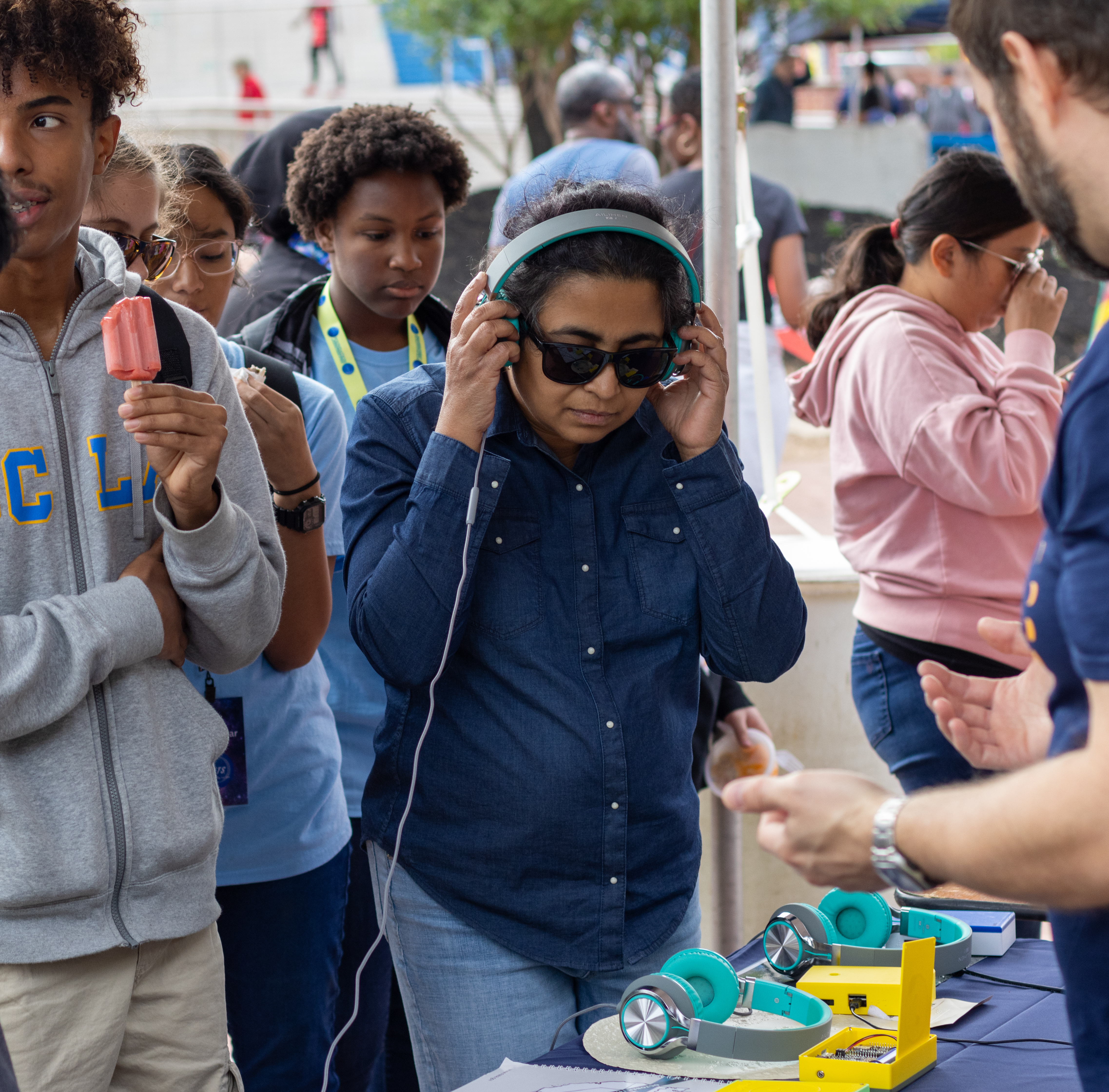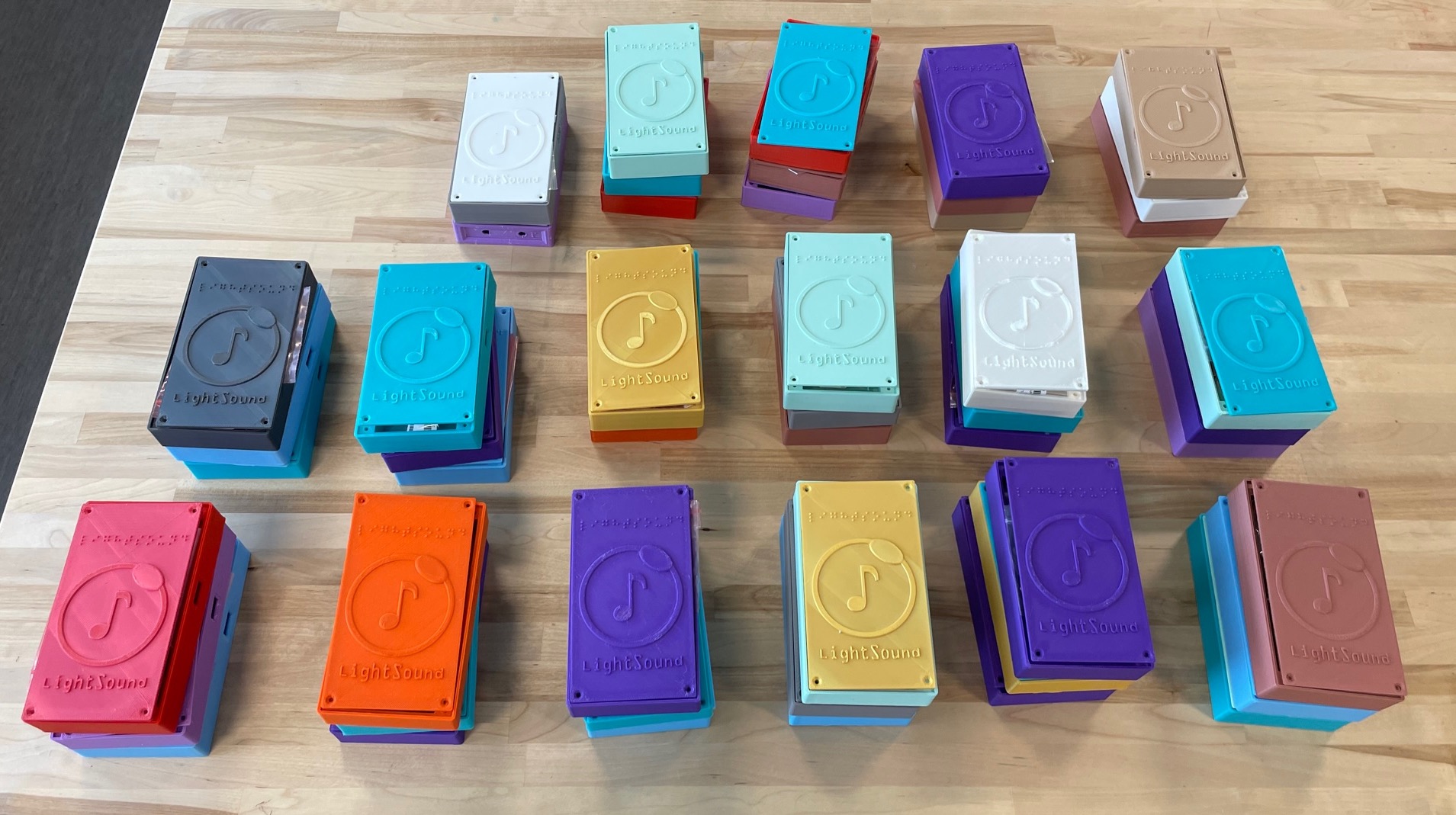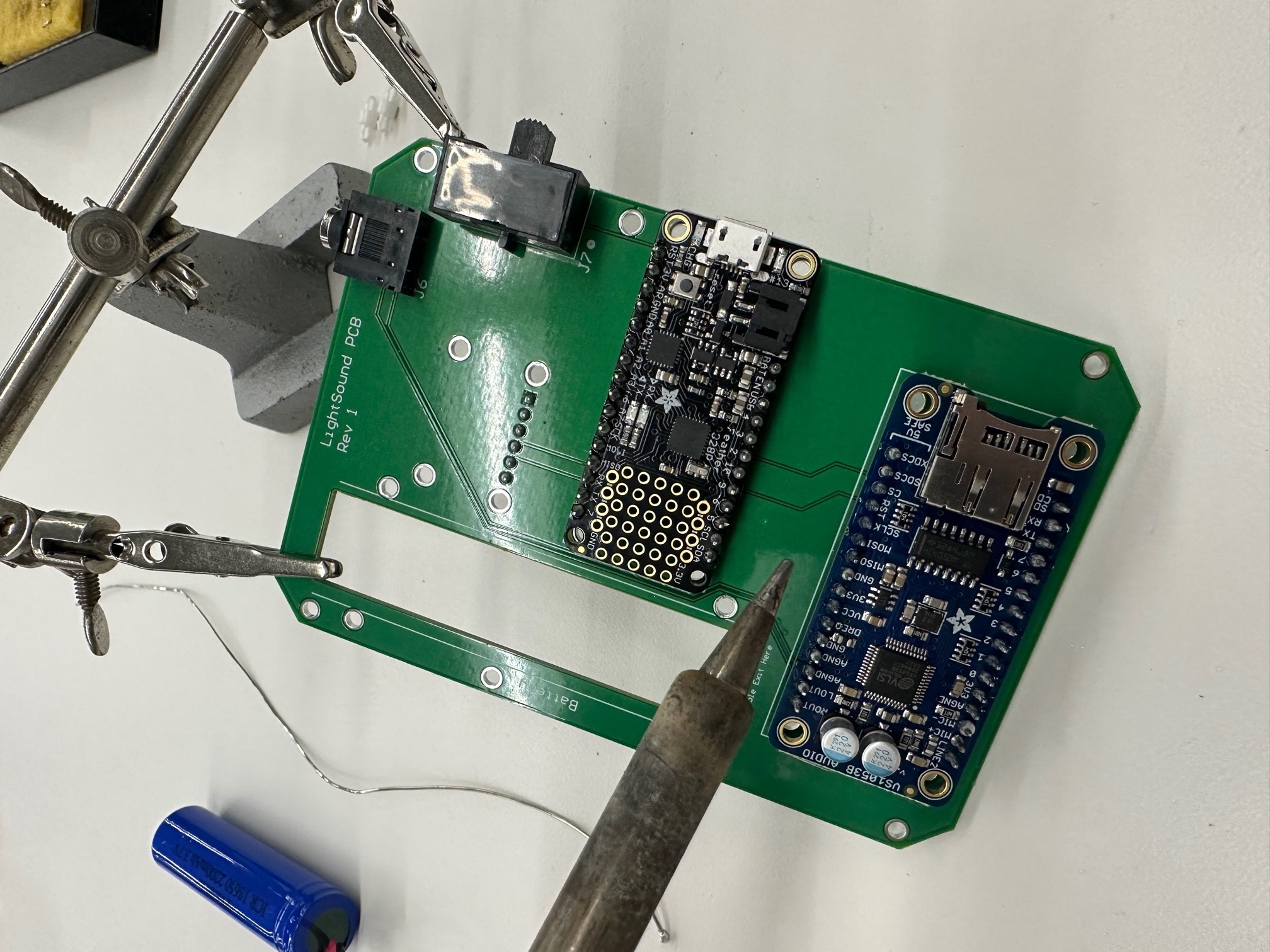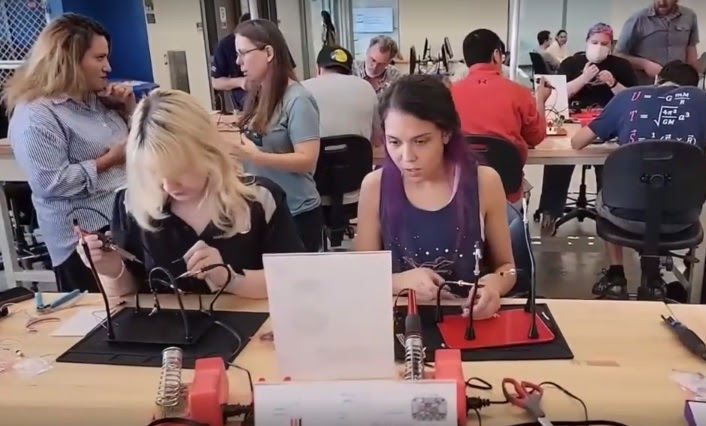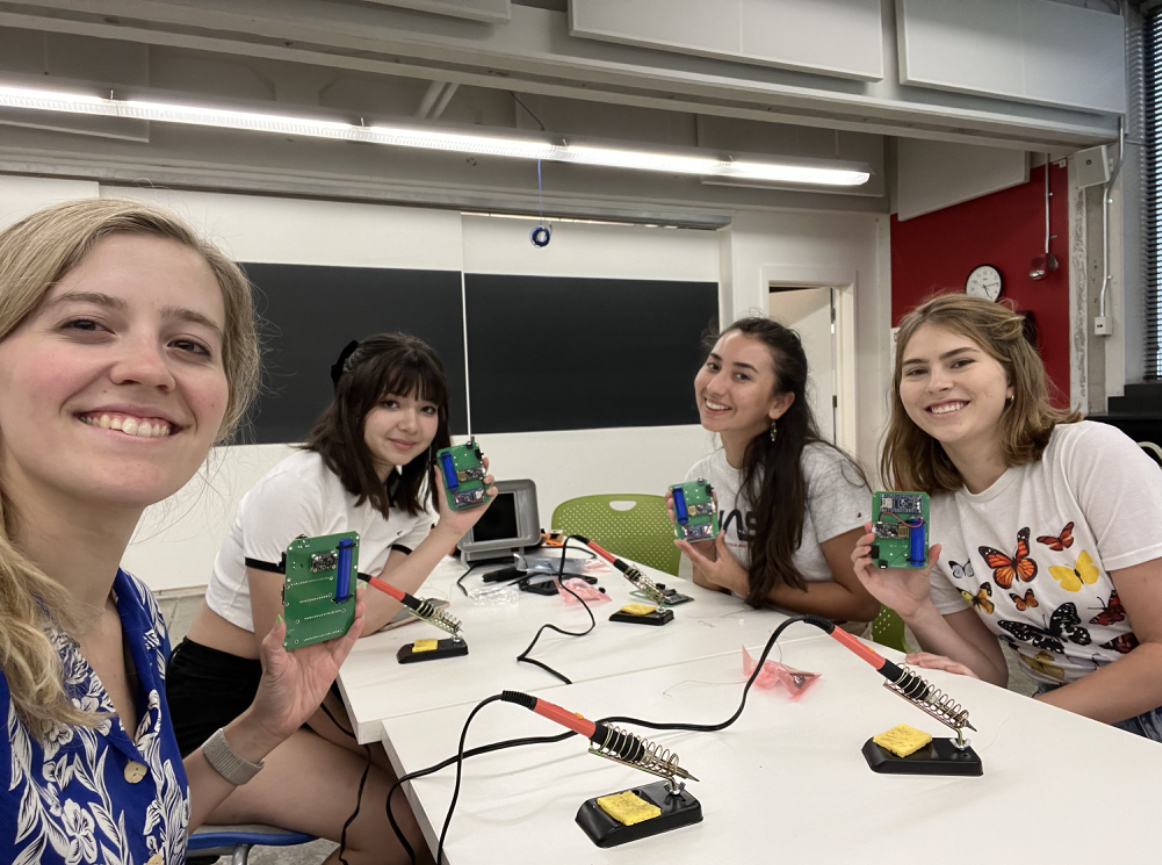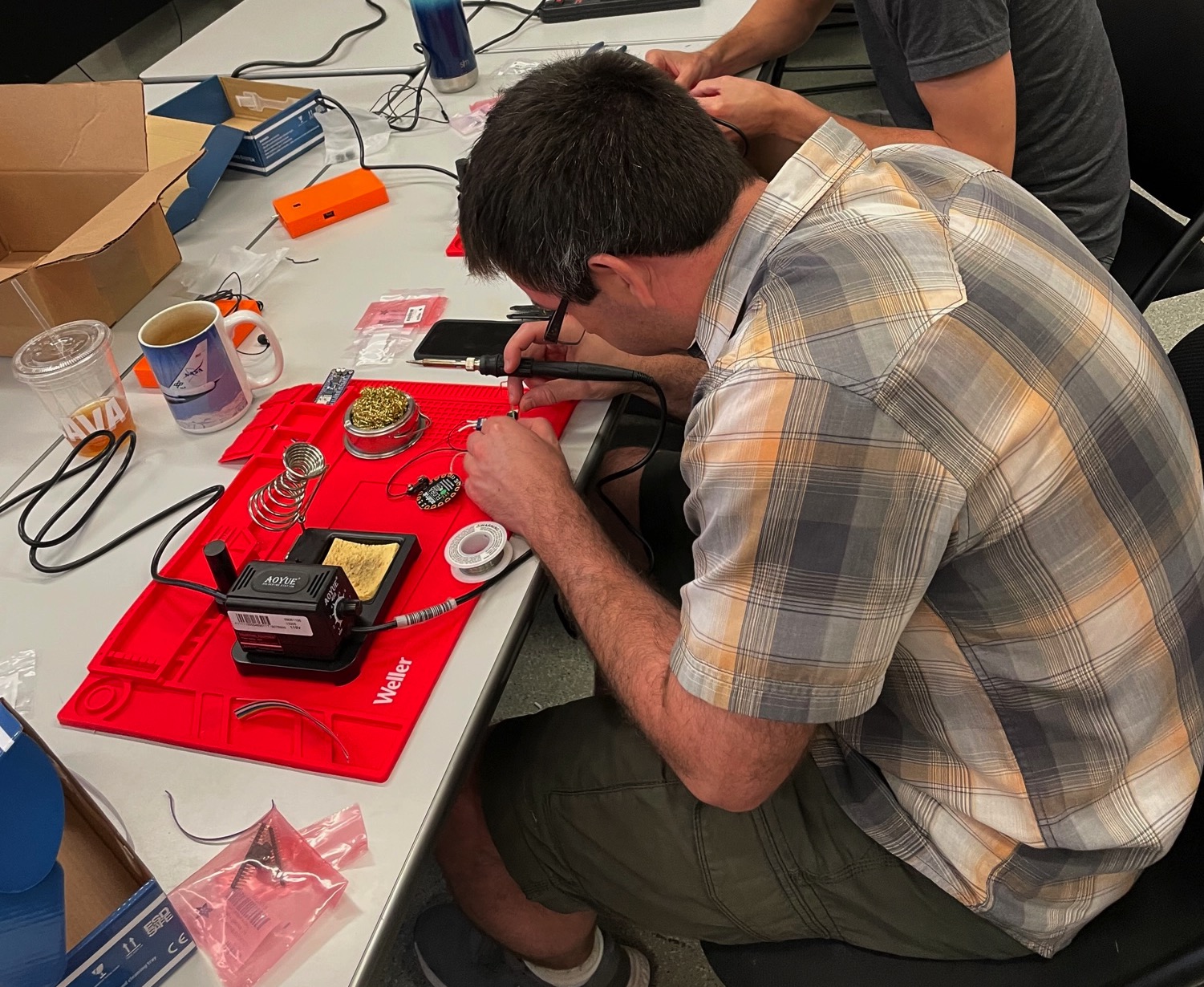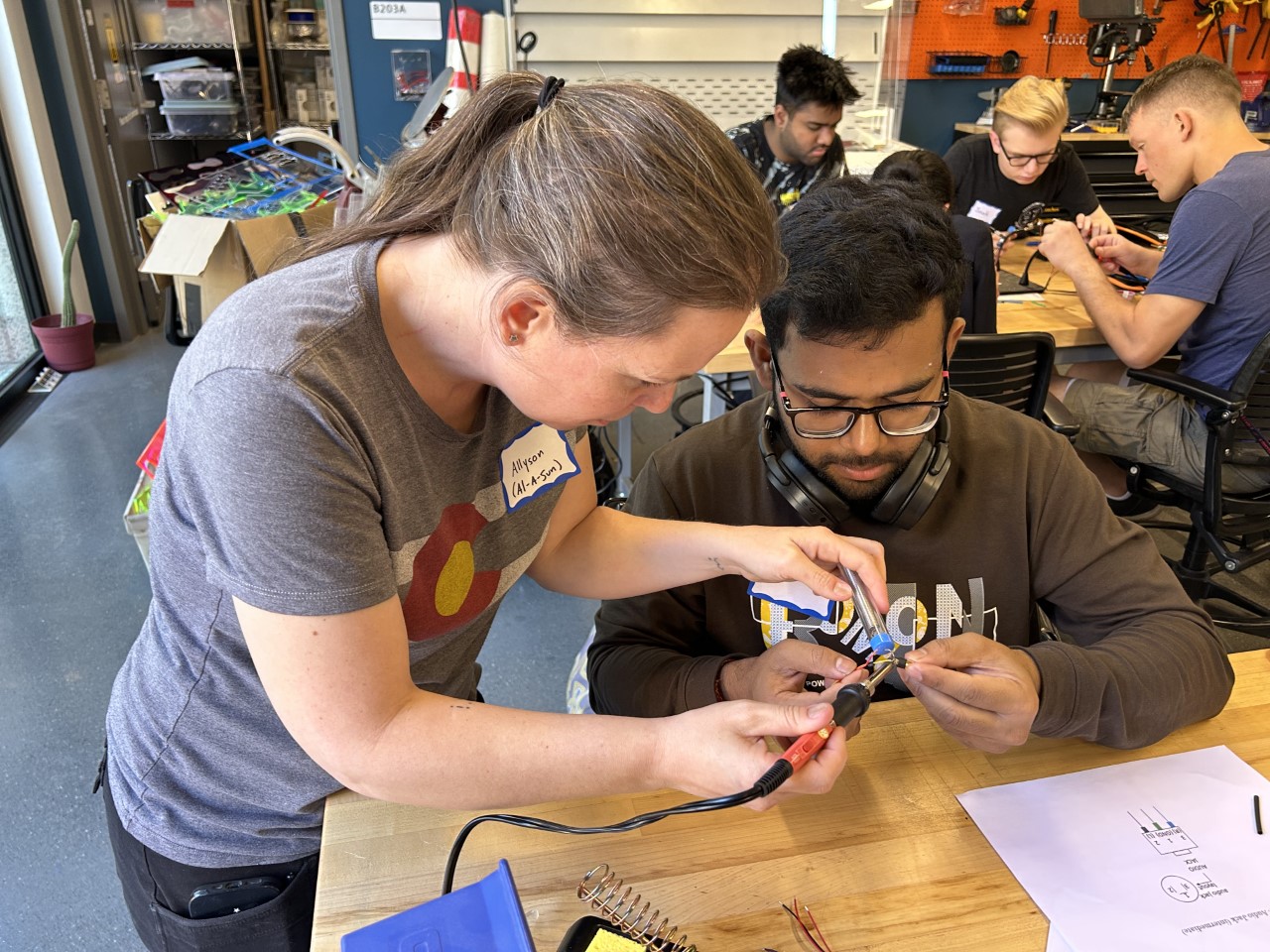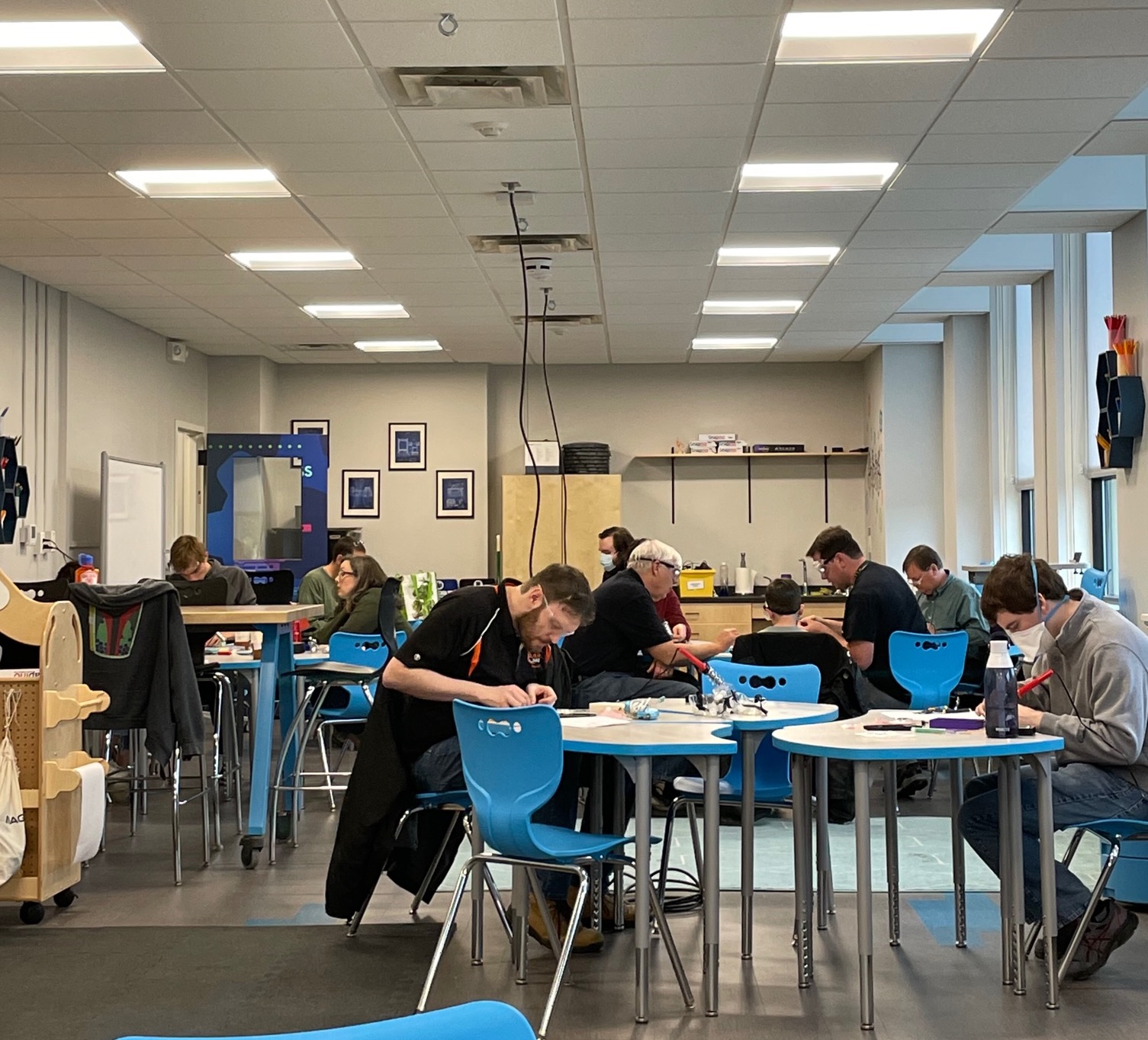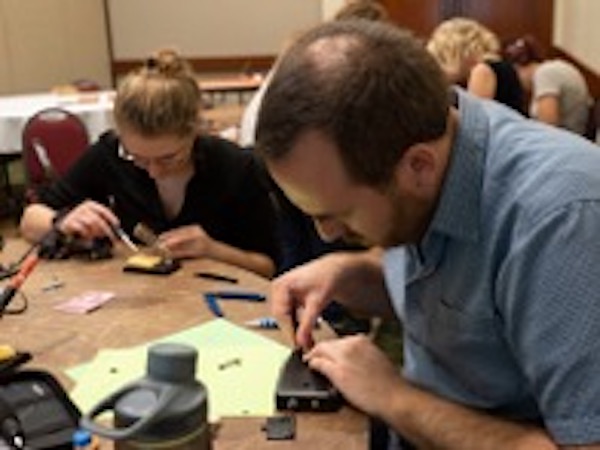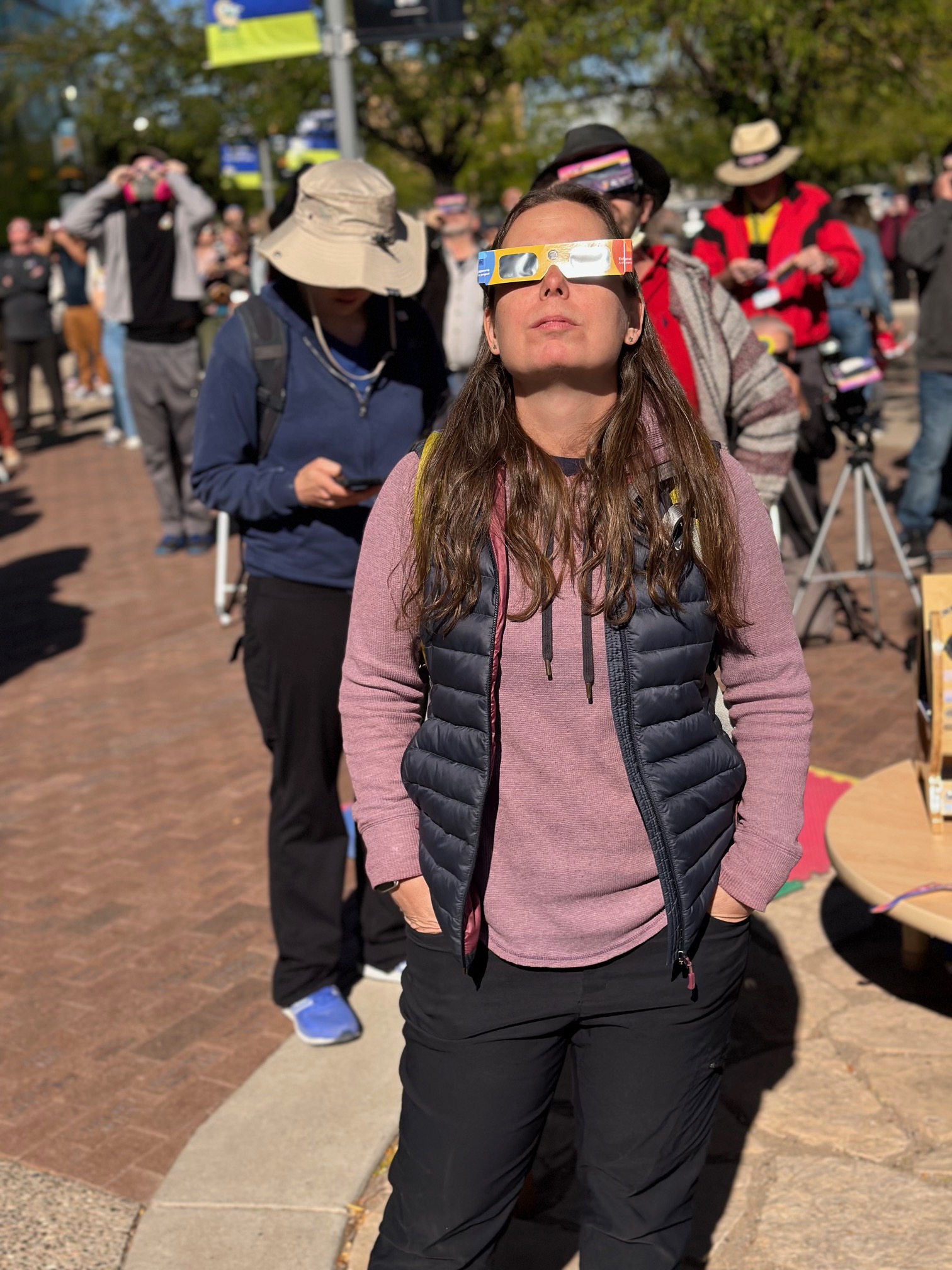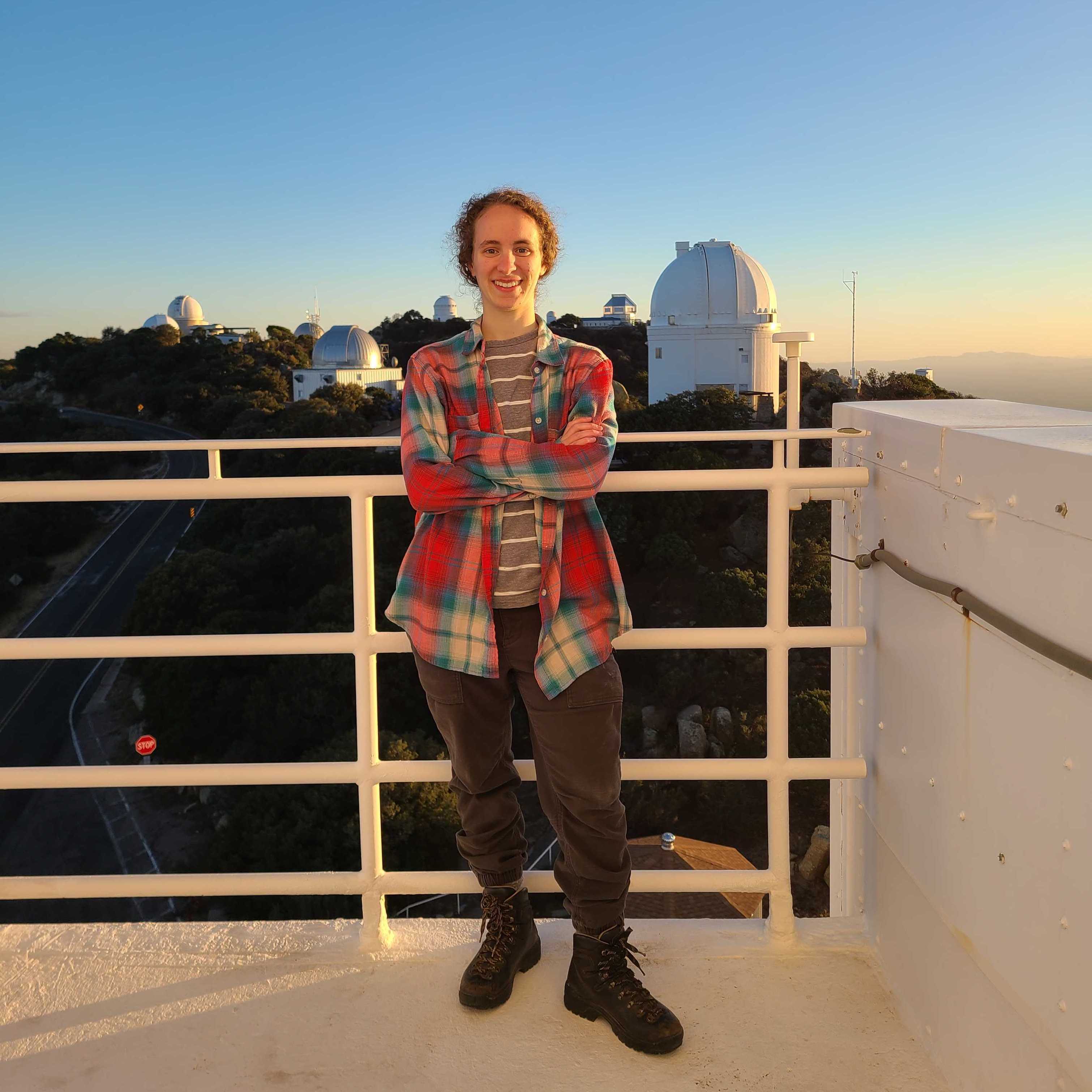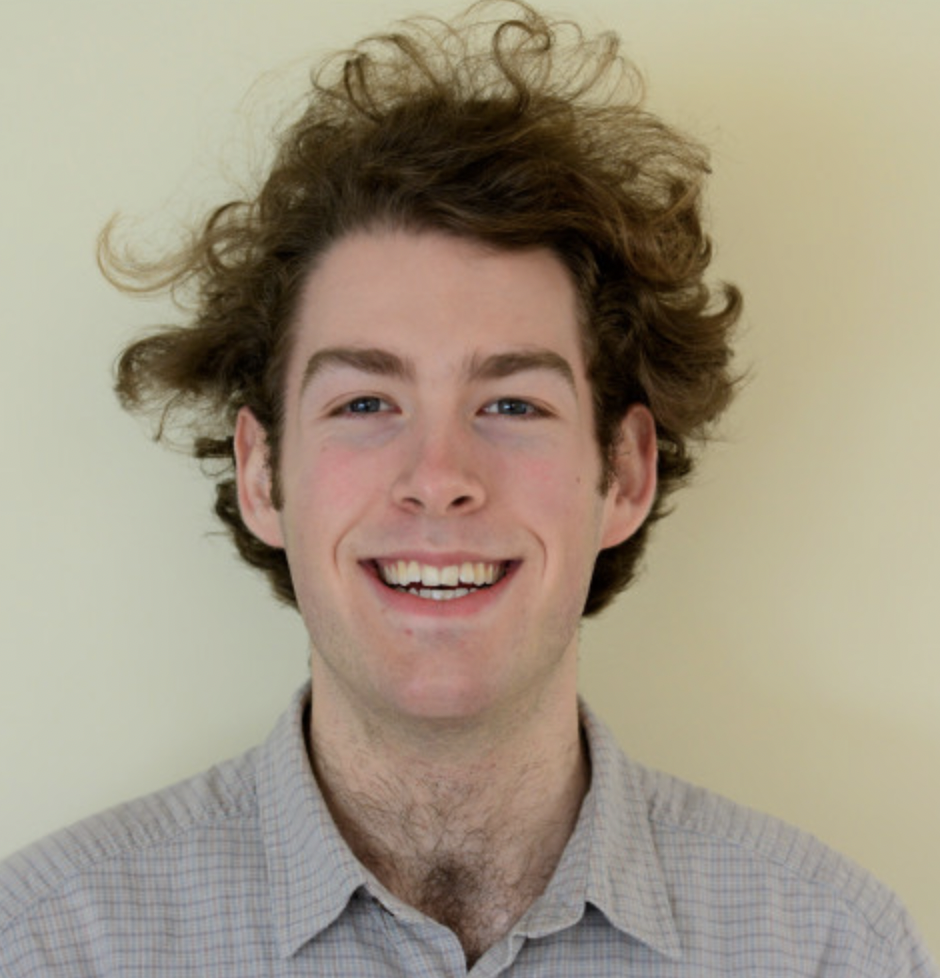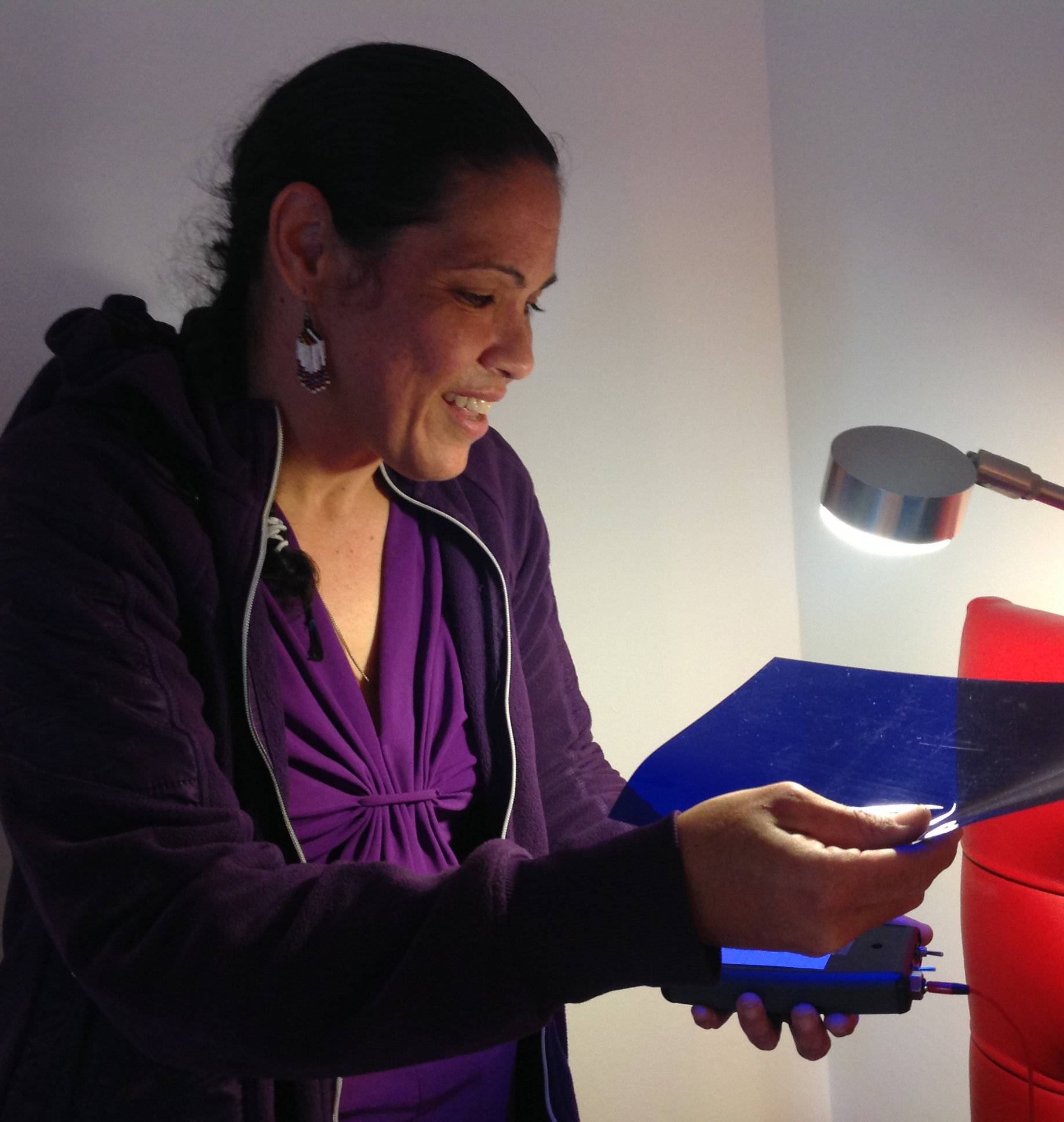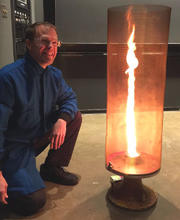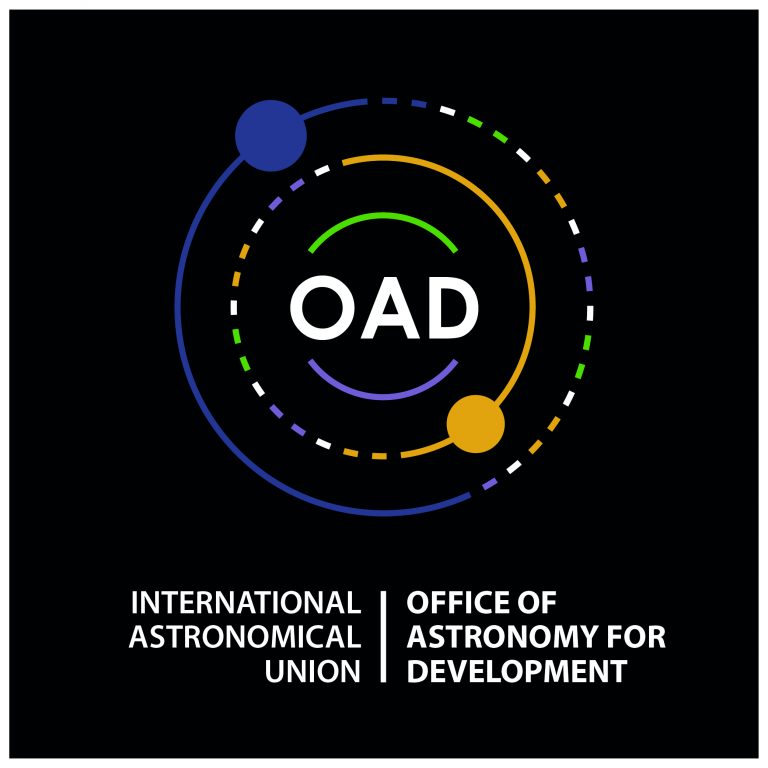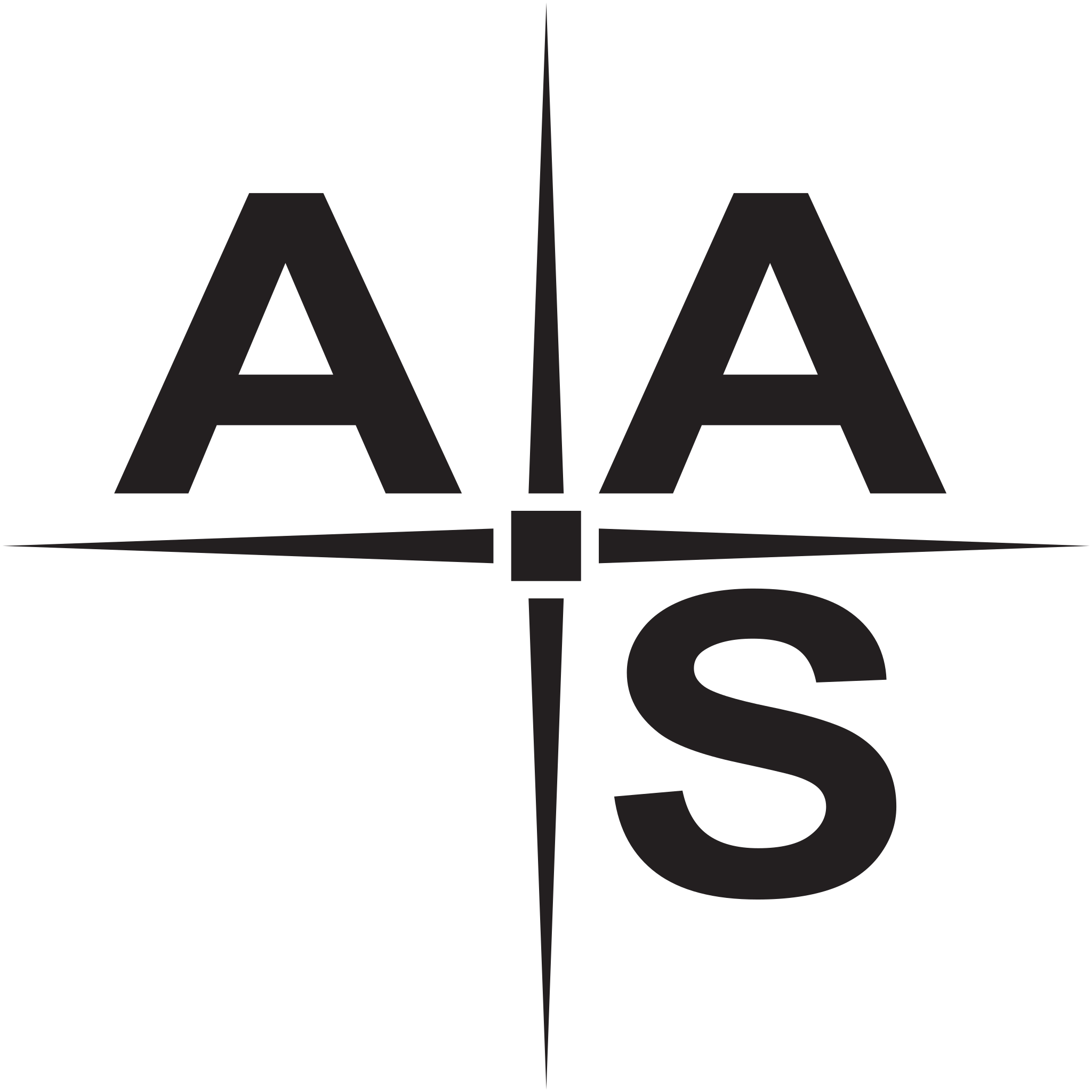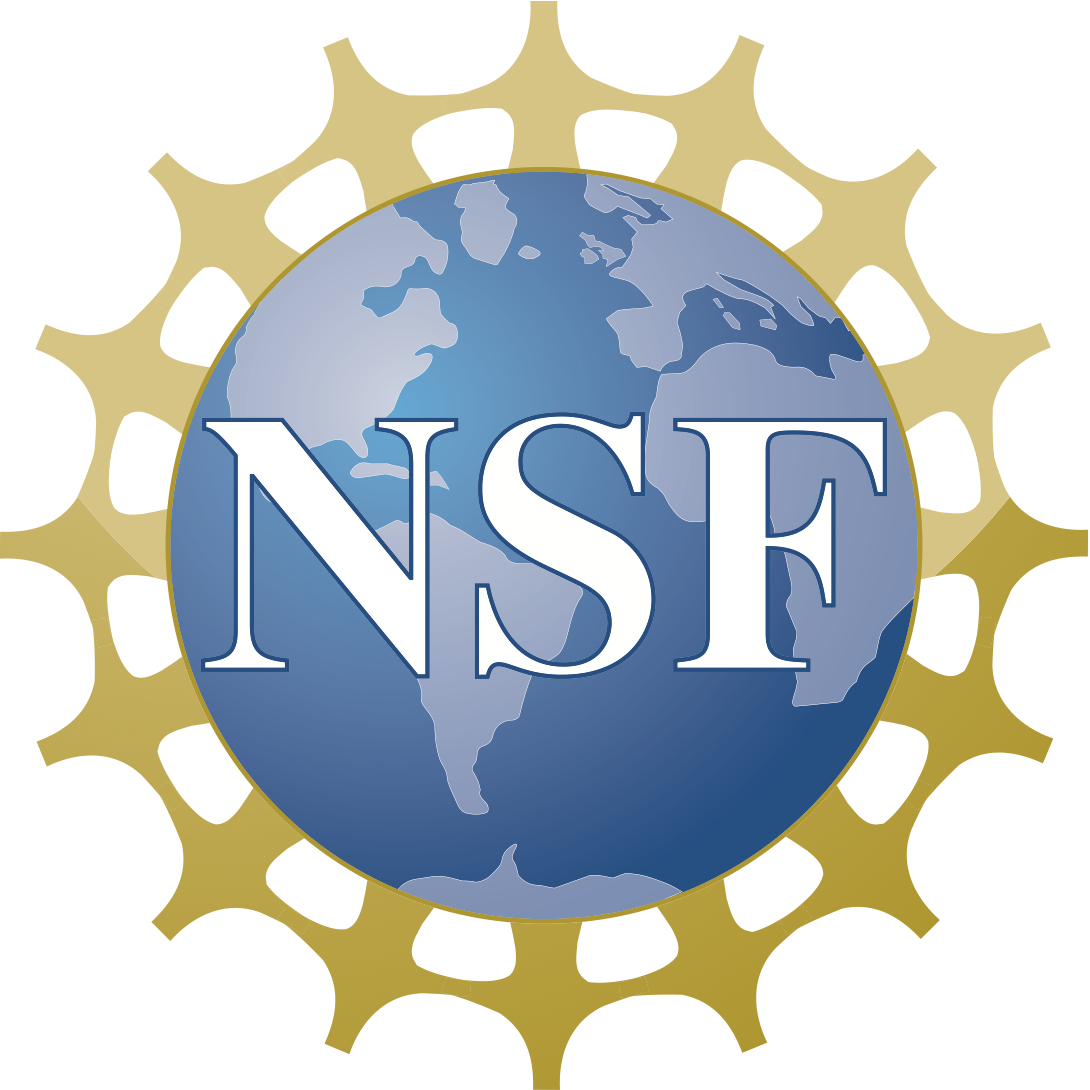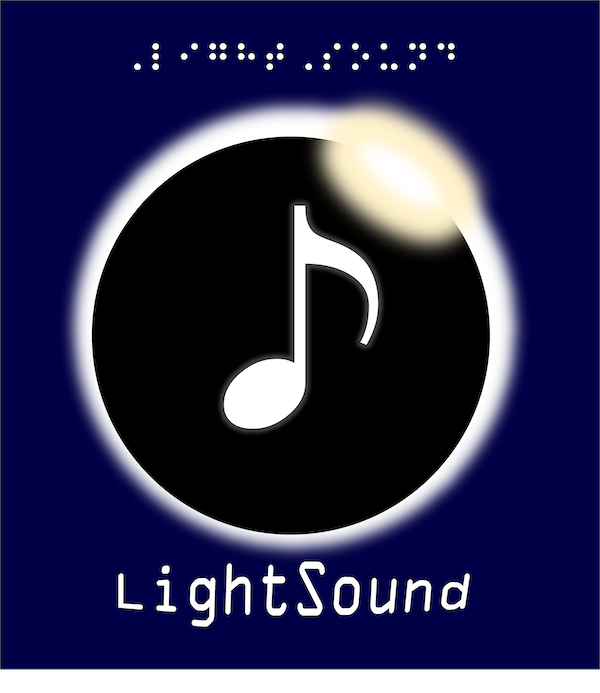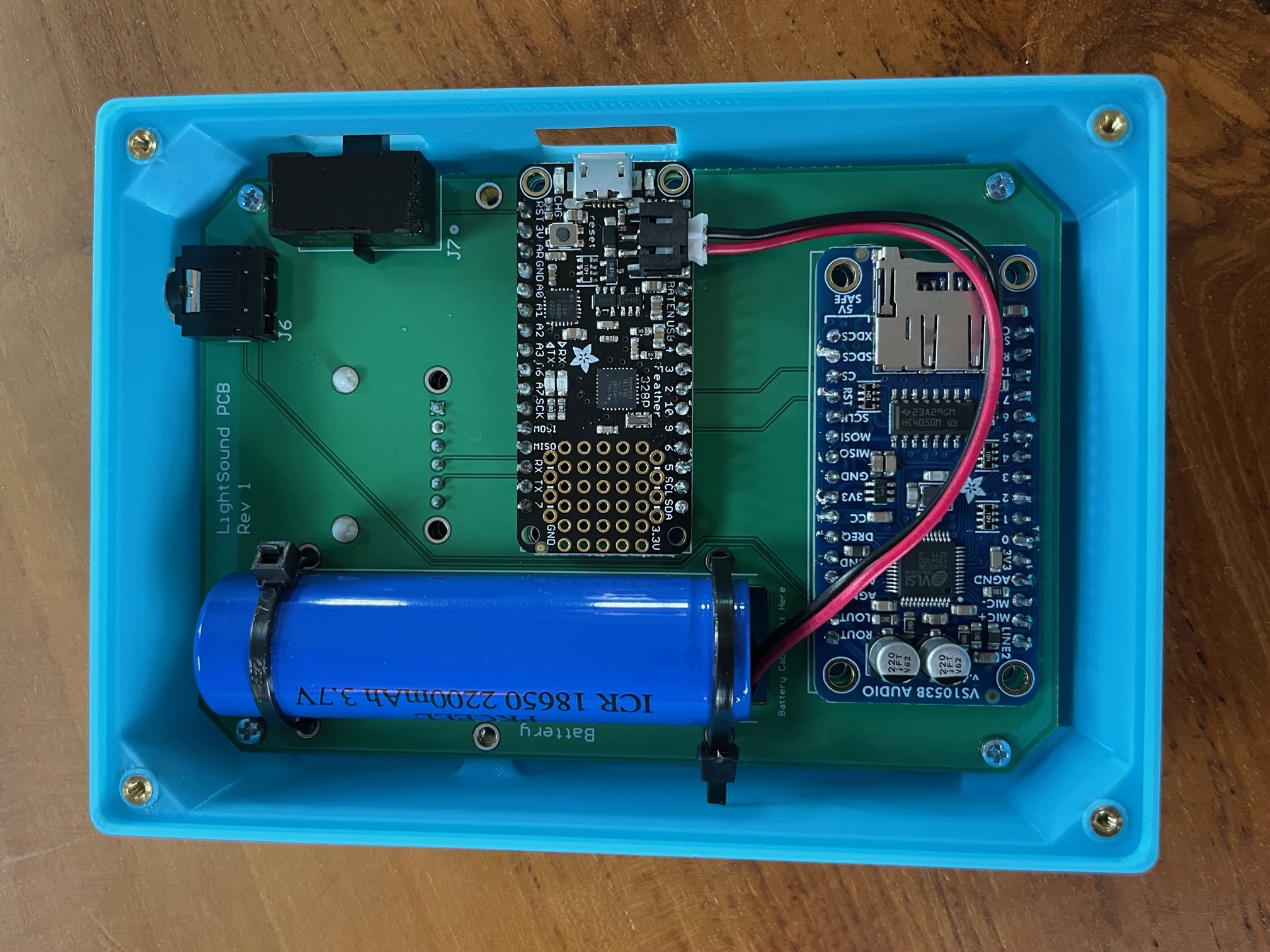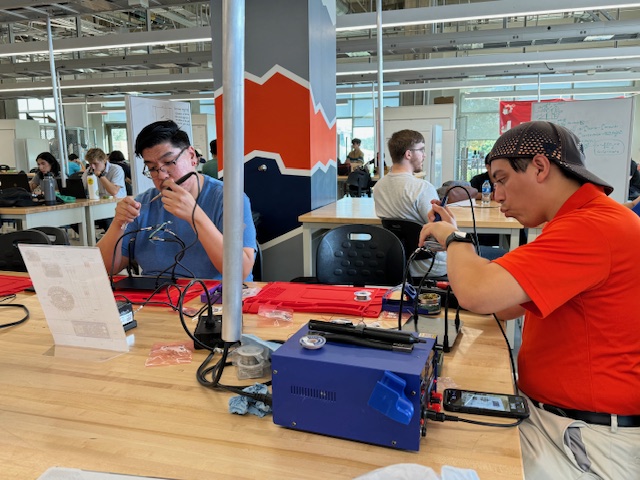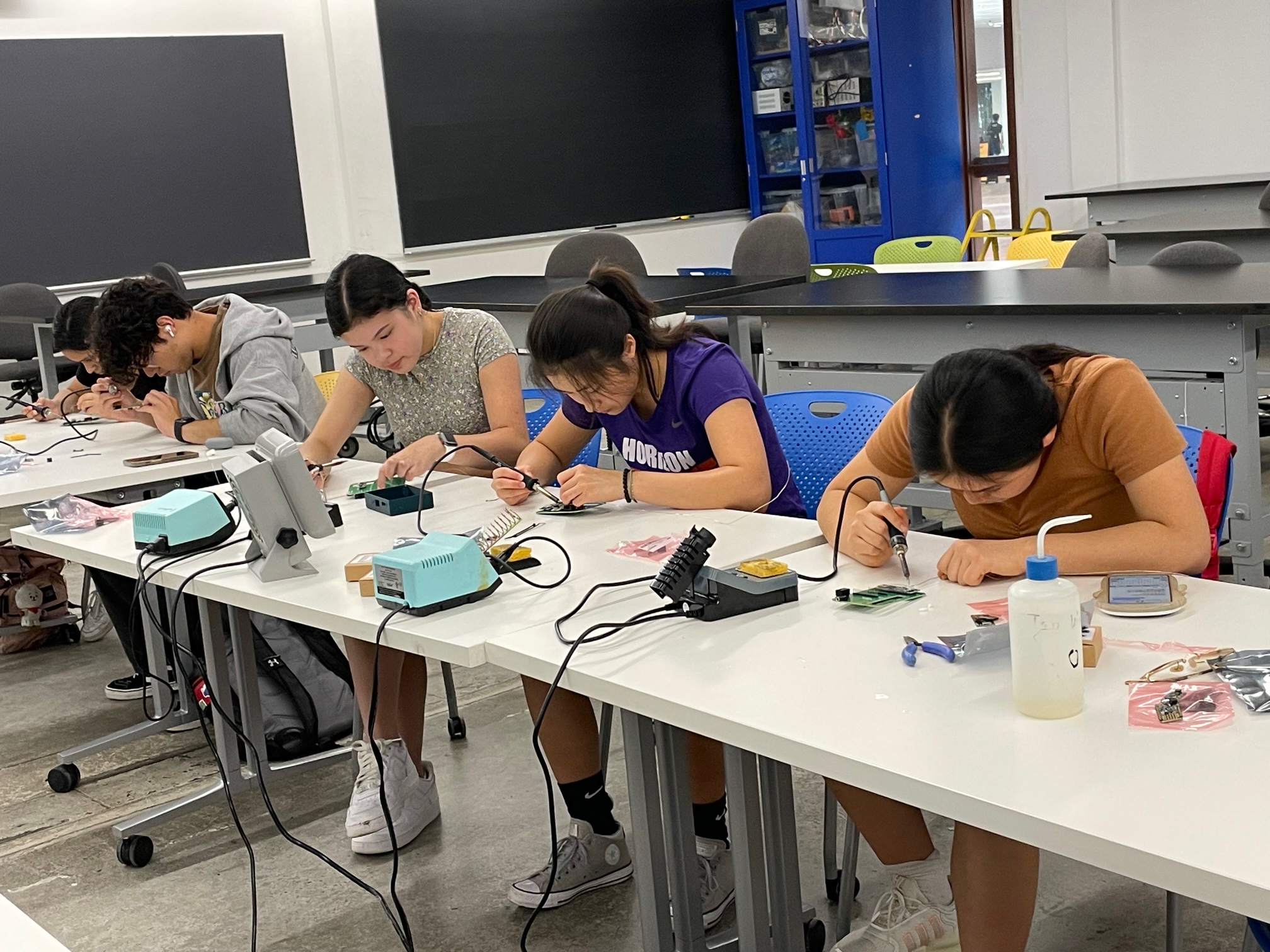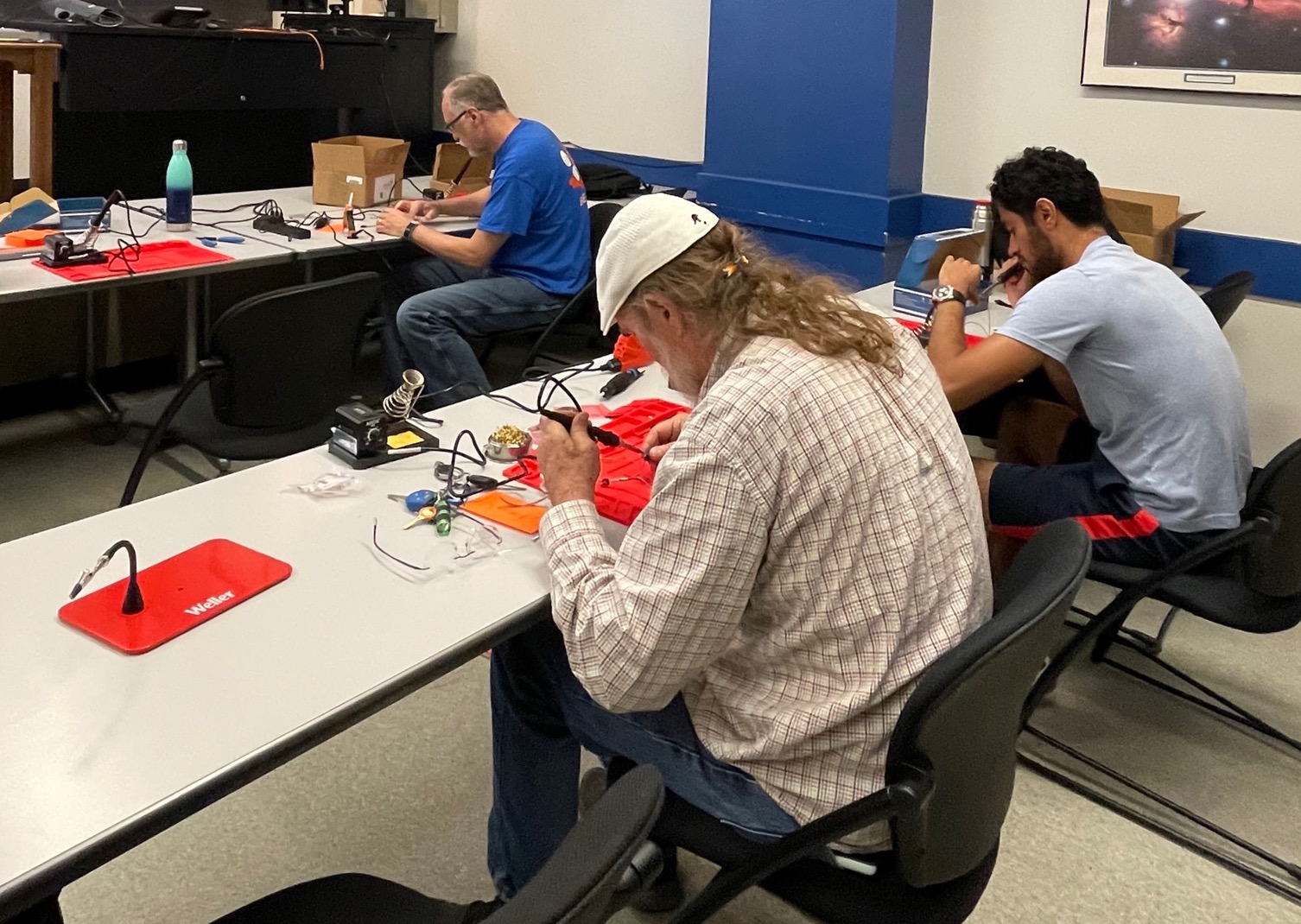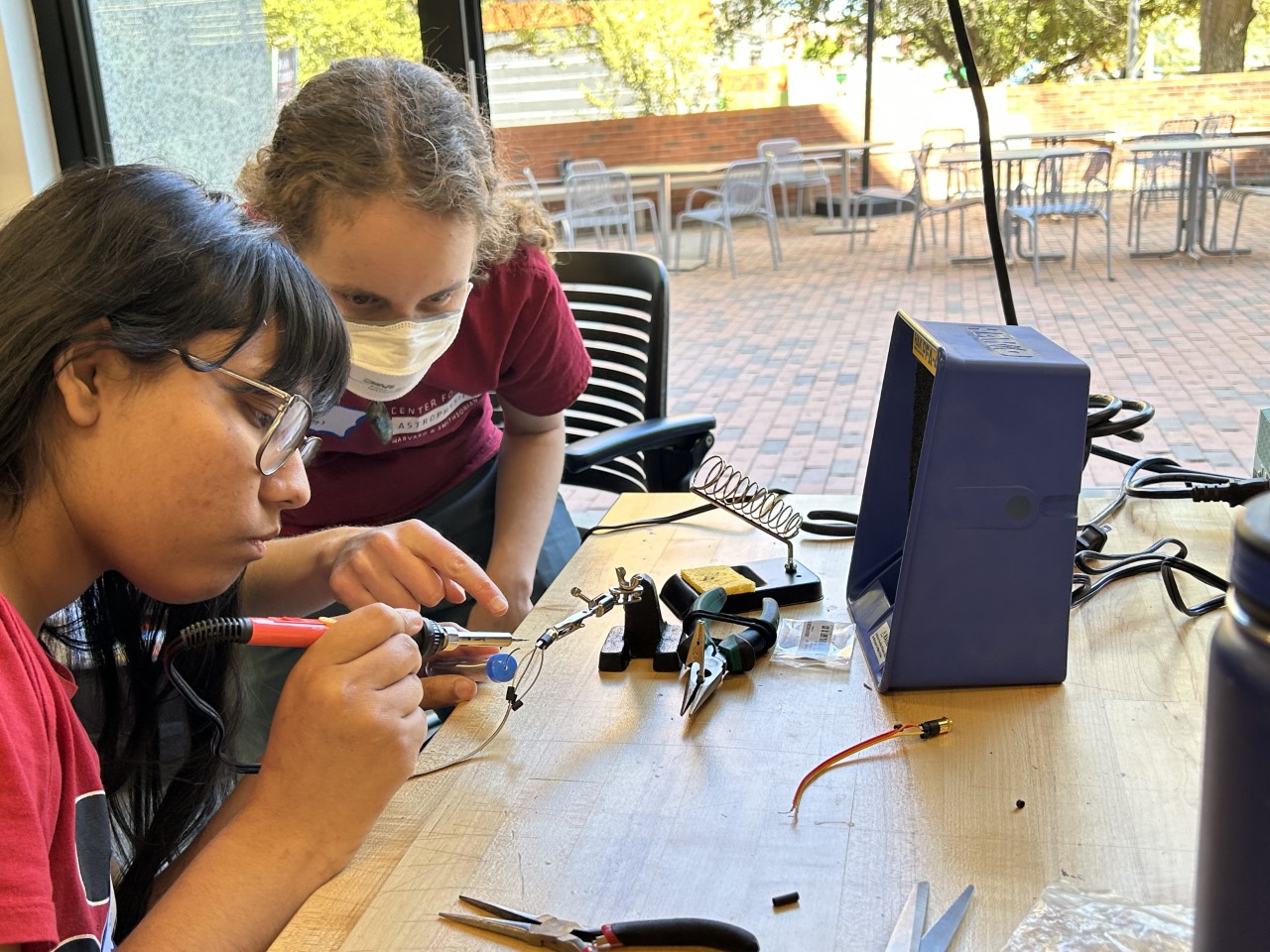The History of the LightSound
The evolution of the LightSound and its journey around the world.
-
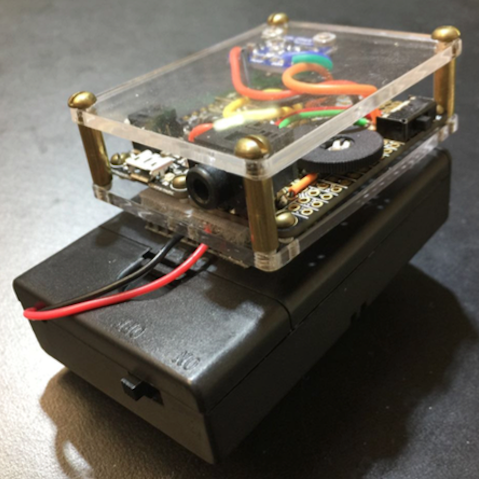
2017 North American Eclipse
The LightSound Prototype
The LightSound prototype was developed for the 2017 Solar Eclipse. We had 1 device in Jackson Hole, WY and 2 devices in Kentucky at Morehead State University and at the Kentucky School for the Blind.
-
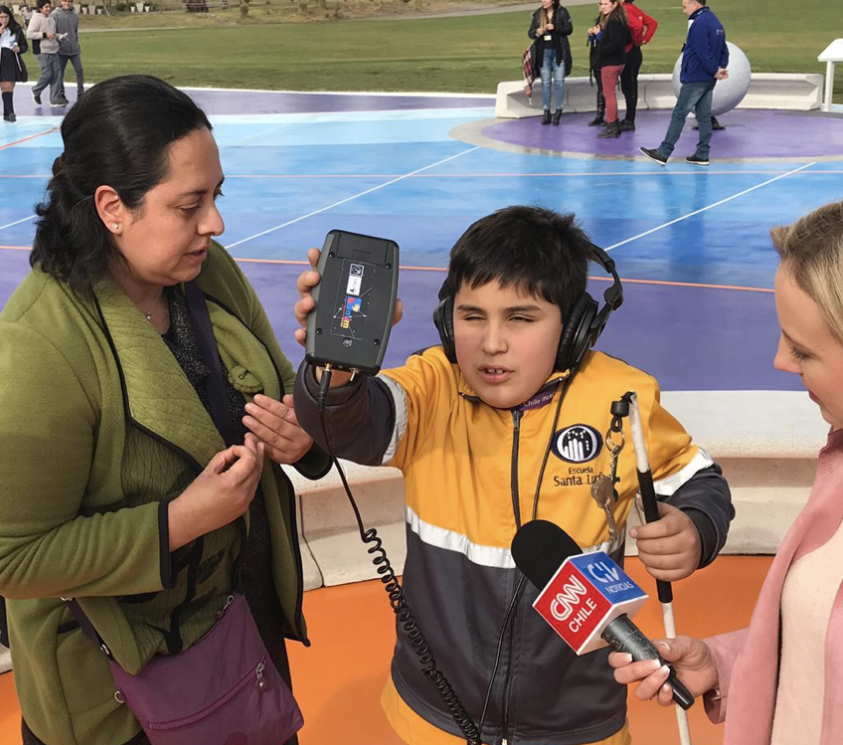
2019 South American Eclipse
The Redesigned LightSound
The LightSound was redesigned with a new, higher dynamic range light sensor and a midi-board was added to improve the sound quality. The project built and distributed 20 devices across Chile and Argentina.
-
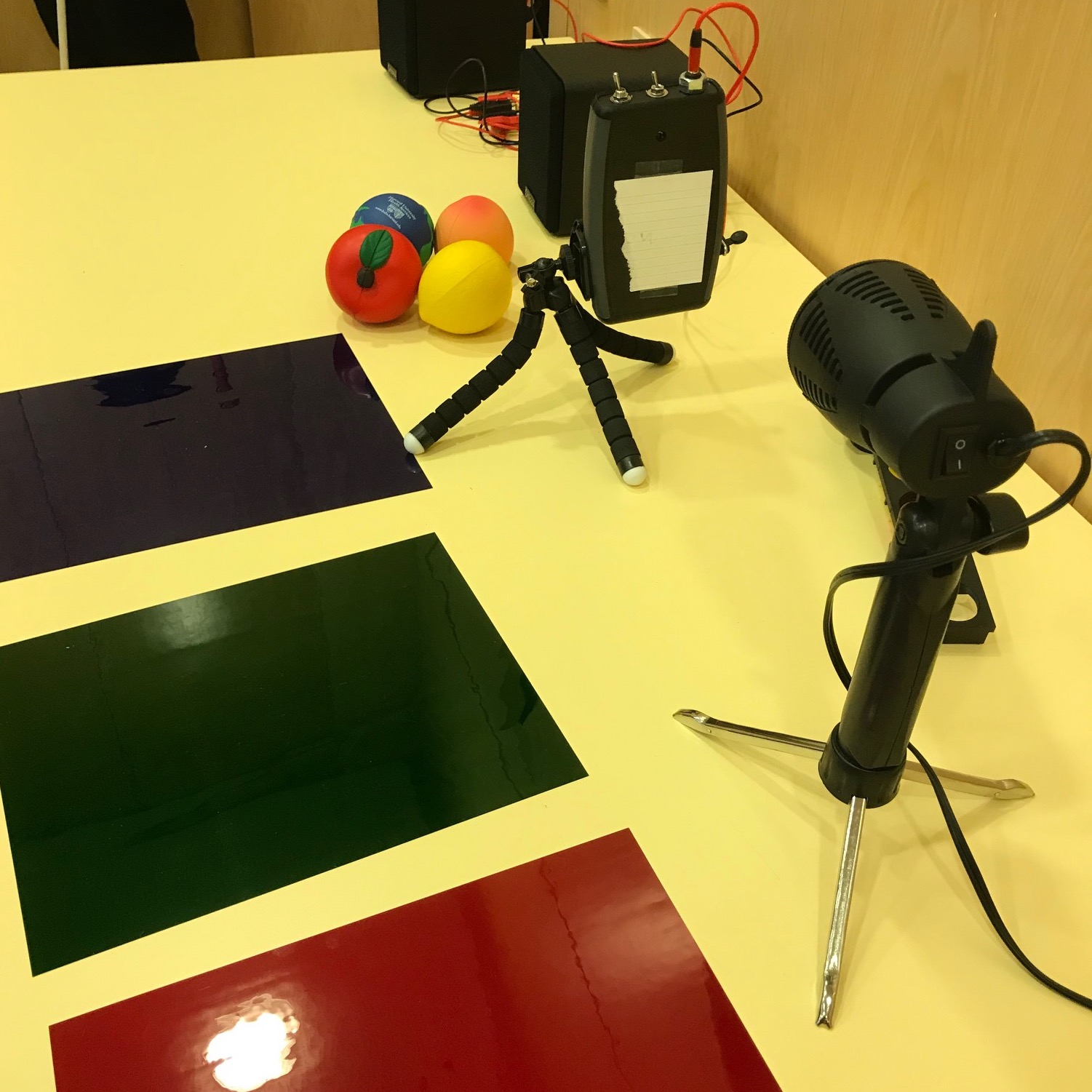
2019 Inspiring Stars Exhibition
Around the World
A prototype LightSound device with a color sensor (called Orchestar) was part of the International Astronomical Union's traveling exhibition called Inspiring Stars which was an exhibition highlighting Astronomy resources that promote egaliatarian participation of those with disabilities. The exhibition traveled the world (Belgium, Italy, UK, Argentina, Chile, France, Thailand, Colombia, and Japan) during 2019.
-
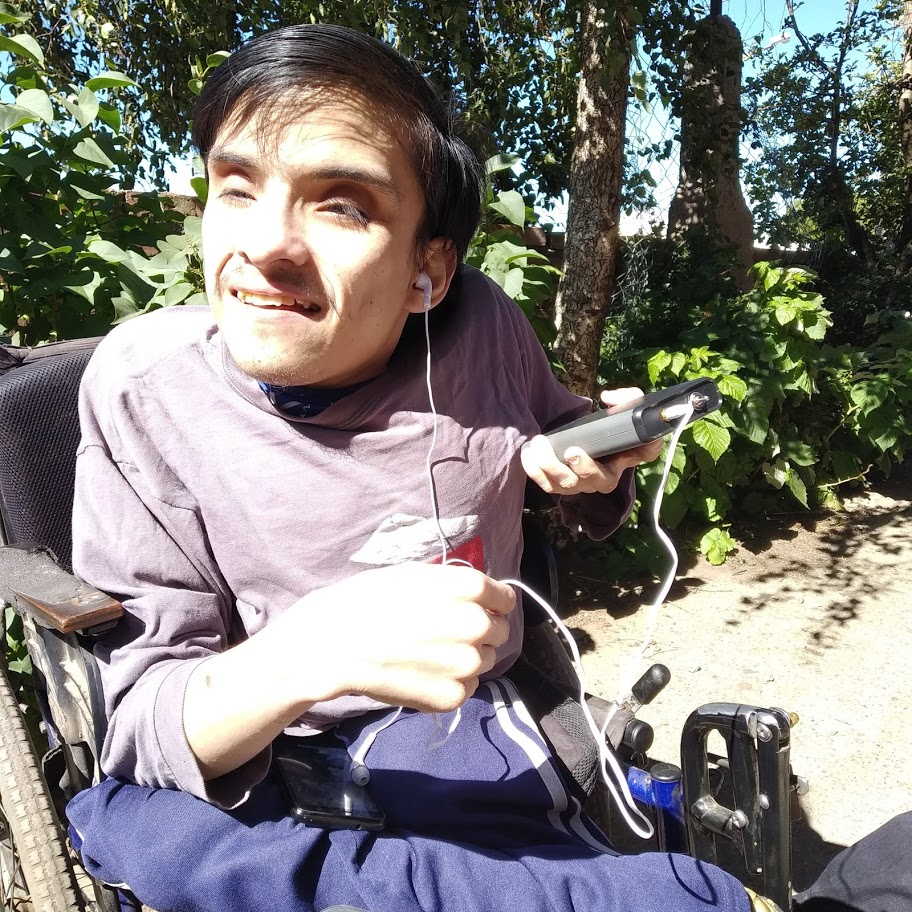
2020 South American Eclipse
The Project Expands
Despite the pandemic, and many thanks to our Chilean collaborators, Paulina Troncoso and Erika Labbe, and our Argentinian collaborator, Beatriz Garcia, we were able to distribute over 100 devices to communities across Chile and Argentina!
-
2023 North American Annular Eclipse
With a goal of building over 750 LightSound devices for the April 2024 total eclipse, the project is busy running workshops and building devices. We have donated over 200 new devices already in time for the annular eclipse.
-
April
8
2024
